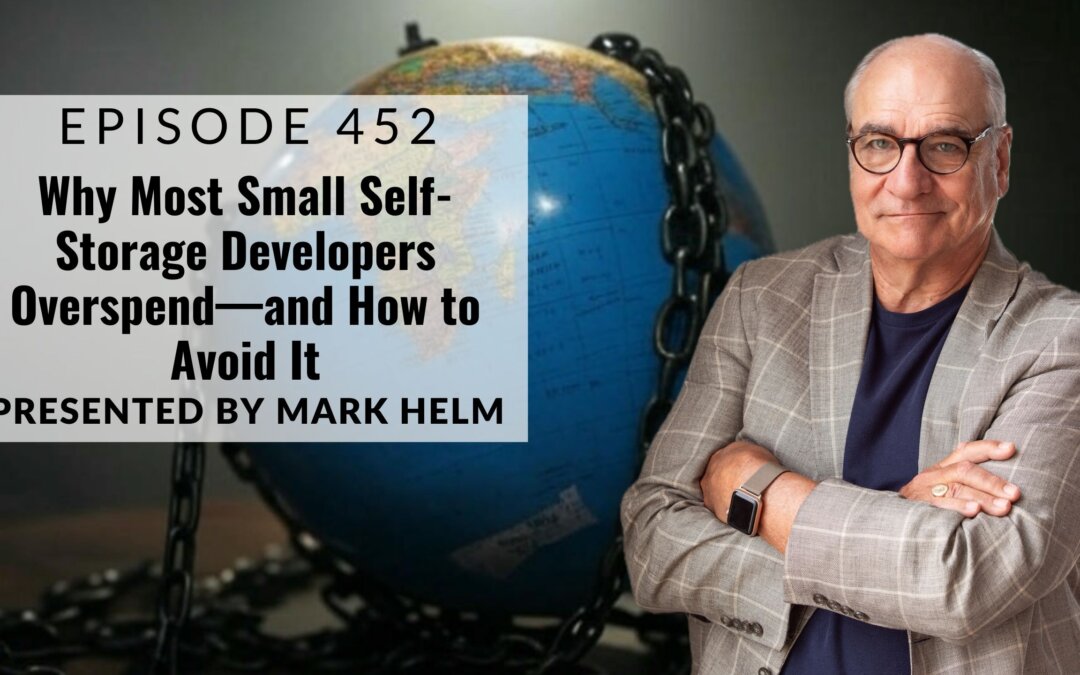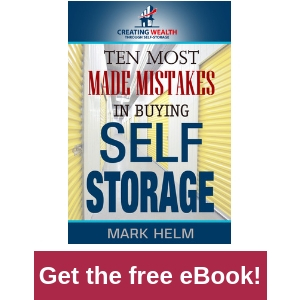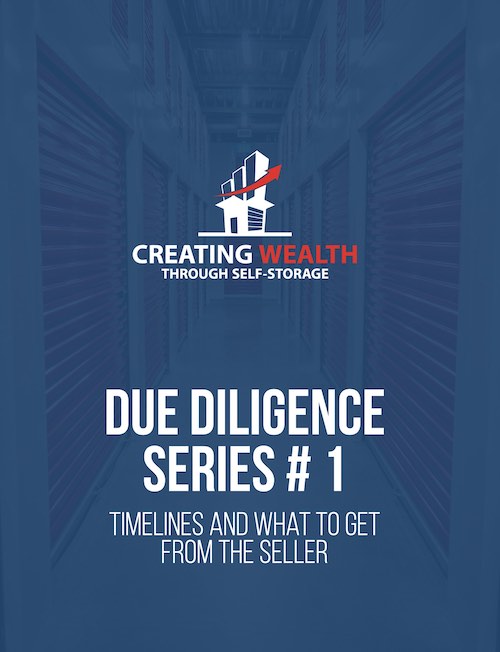In episode 451, we discussed how uncertainty in Washington, combined with mixed economic signals, is causing some investors to sit on the sidelines. But for those who can make quick decisions and move fast, this could create a window of opportunity.
One thing I can almost guarantee, though, is that construction costs are not going down.
With new tariffs (why are we doing this?) and immigration policies restricting labor availability, construction costs are only going to rise.
How much?
That’s still unknown. But I also don’t see interest rates coming down anytime soon. Tariffs drive inflation—when foreign steel prices increase, domestic manufacturers follow suit, pushing prices higher.
The Key to Staying Profitable: Controlling Construction Costs
For small investors like most of us, keeping construction costs as low as possible is critical right now. This is exactly what we’ll be covering in the upcoming Virtual Self-Storage Bootcamp I am hosting March 21 & 22, 2025.
I’ll outline the cost-saving process I’ve refined over the years—strategies my construction company, Resolve, now uses for development, expansion, and conversion projects.
Stop Overspending on Architectural & Engineering Fees
I’ve seen small investors drop $150,000 to $200,000 on engineering and architectural fees just to get their development and building plans in place for a 40,000–50,000 square-foot facility. With rising construction costs, that kind of overhead can kill a project before it even gets started.
Unless we’re building a large, multi-story, 100,000-square-foot-plus facility, we don’t start with architects. Instead, we:
- Get layouts directly from fabricators.
- Utilize engineers rather than architectural firms for approvals.
- Pay architects hourly (instead of on a project basis) to finalize plans.
We typically utilize engineers—not architectural firms—to drive the approval process.
Using this approach, we keep architectural and engineering costs between $60,000 and $100,000—sometimes even lower.
Fabricators: The Key to Saving Big
Competition among fabricators has increased dramatically in the last five to ten years, which has been great for our industry. If you’re in self-storage, you should be paying attention.
I’ll be covering this in detail at the ISS Expo Convention in Las Vegas this April 22 through 25, 2025, where I’ll present on cost-cutting strategies in self-storage construction.
Here’s an example:
For a recent two-story expansion, the more established fabricators quoted us $23–$25 per square foot for fabrication. A newer fabricator came in at $18 per square foot—a $630,000 savings.
Now, price isn’t everything. You also need to consider:
- Fabrication time until delivery.
- What’s included in the plans (we had to spend $6,000 for concrete specs that were typically included with other companies).
- Additional costs (stairs, in this case, weren’t included, whereas they had been with other fabricators).
Even with the extra costs, we still saved nearly $600,000—well worth the additional due diligence.
The Truth About High-Tech Add-Ons
There are a lot of high-tech options available nowadays: smart storage door entry systems, auto door locking and unlocking, touchless entry keypad systems, just to name a few.
Which ones should you use or avoid?
It depends.
Here’s how we evaluate tech investments:
- Will it save operating costs?
- If yes, how much does it cost to install vs. how much we’ll save?
- Will it allow us to charge higher rents?
- If yes, by how much? What’s the ROI?
- Will it help us lease up faster?
- If yes, how much faster, and is it worth the investment?
At the end of the day, technology must increase cash flow—otherwise, it doesn’t increase the value of the property. Investors aren’t buying smart locks; they’re buying cash flow. If the tech doesn’t improve the bottom line, it’s just an expense.
Final Thoughts: Making Smart Moves in an Uncertain Economy
I don’t expect much stability from Washington in the coming years when it comes to economic policy. But that just means we need to be smarter.
If you can move quickly and implement cost-saving strategies, this could be a great time to expand while others hesitate. We’ll be covering exactly how to do this in the Bootcamp March 21 & 22, 2025.
I hope this helps you take advantage of the opportunities 2025 will bring.



